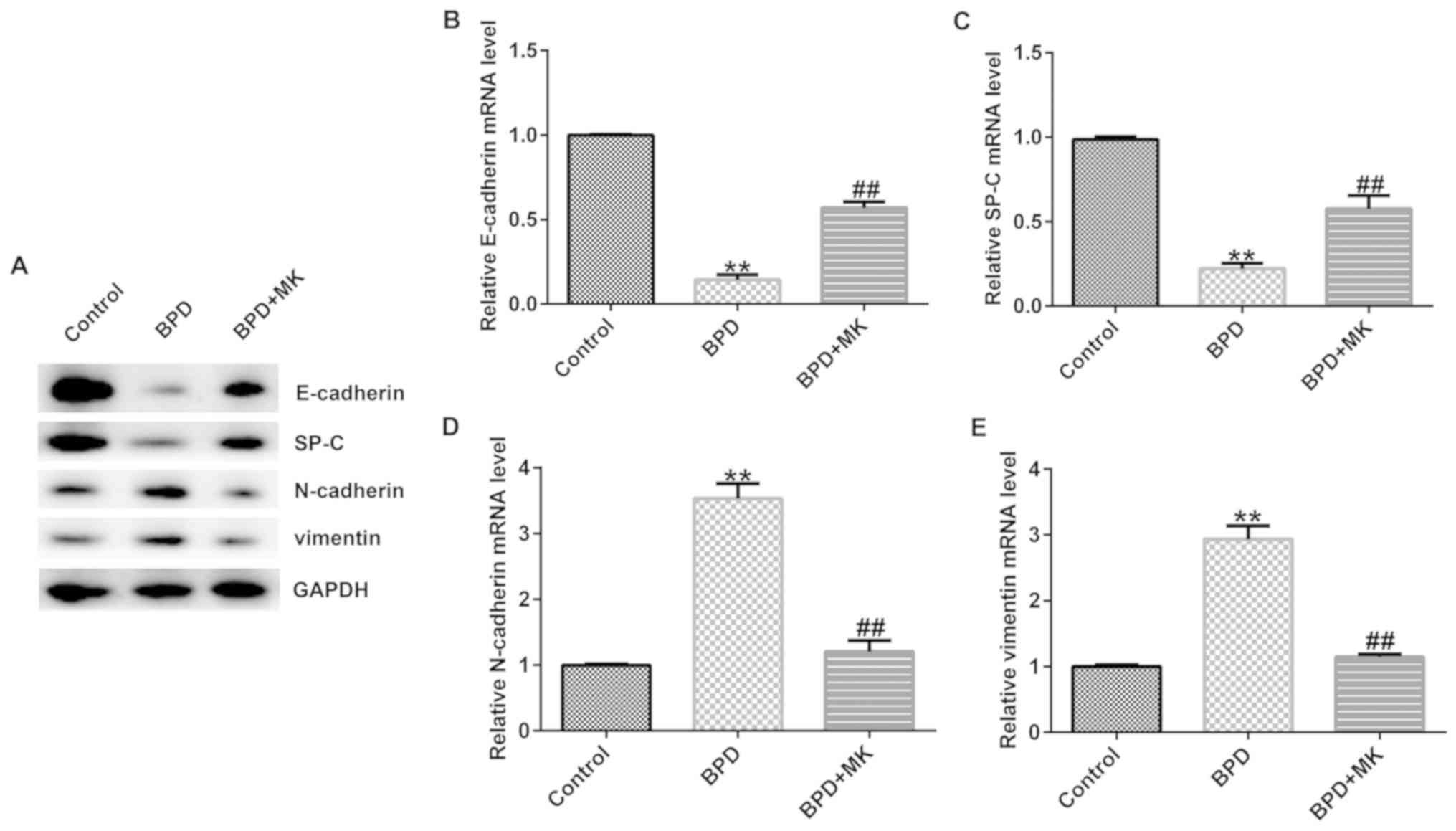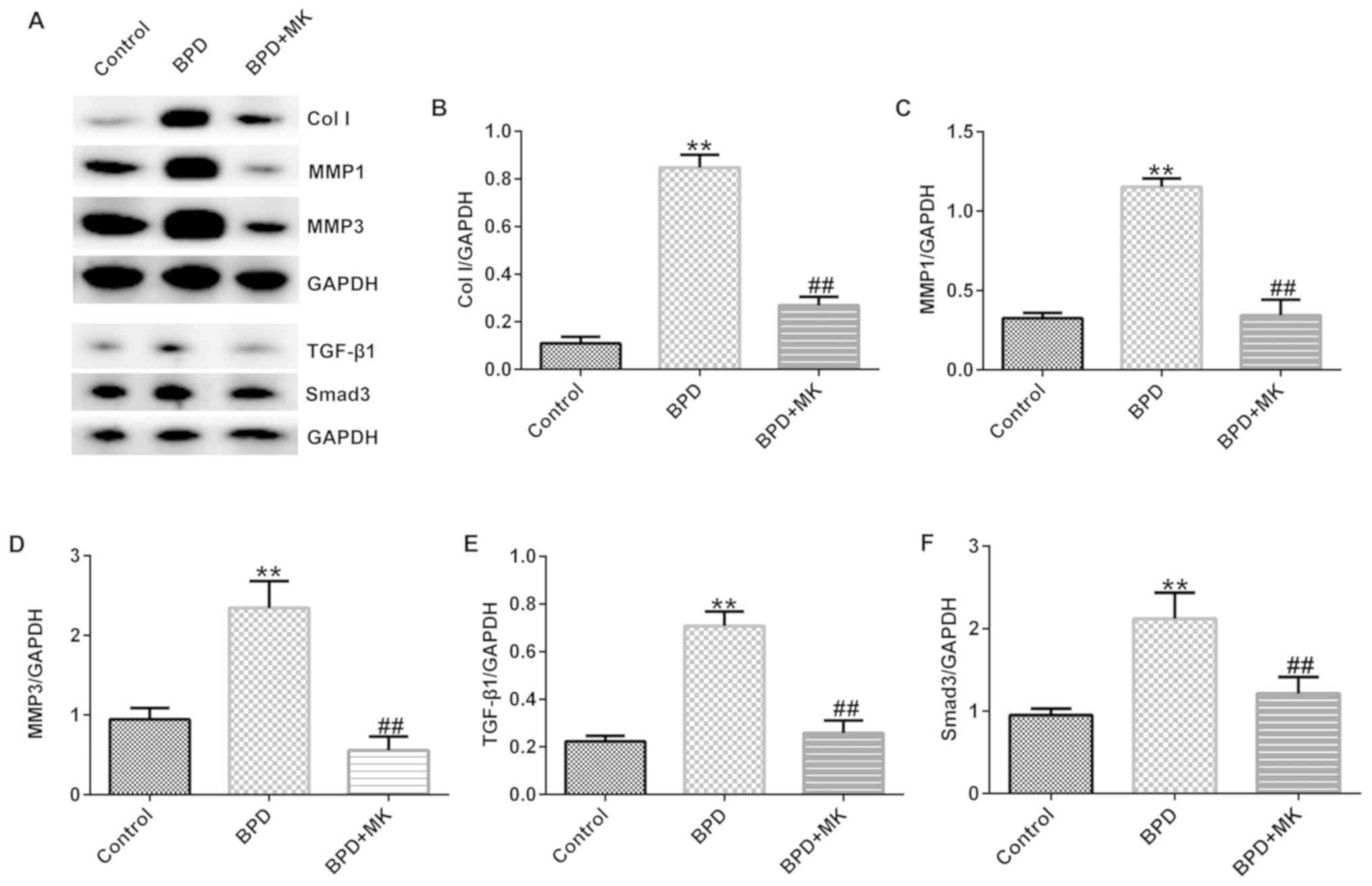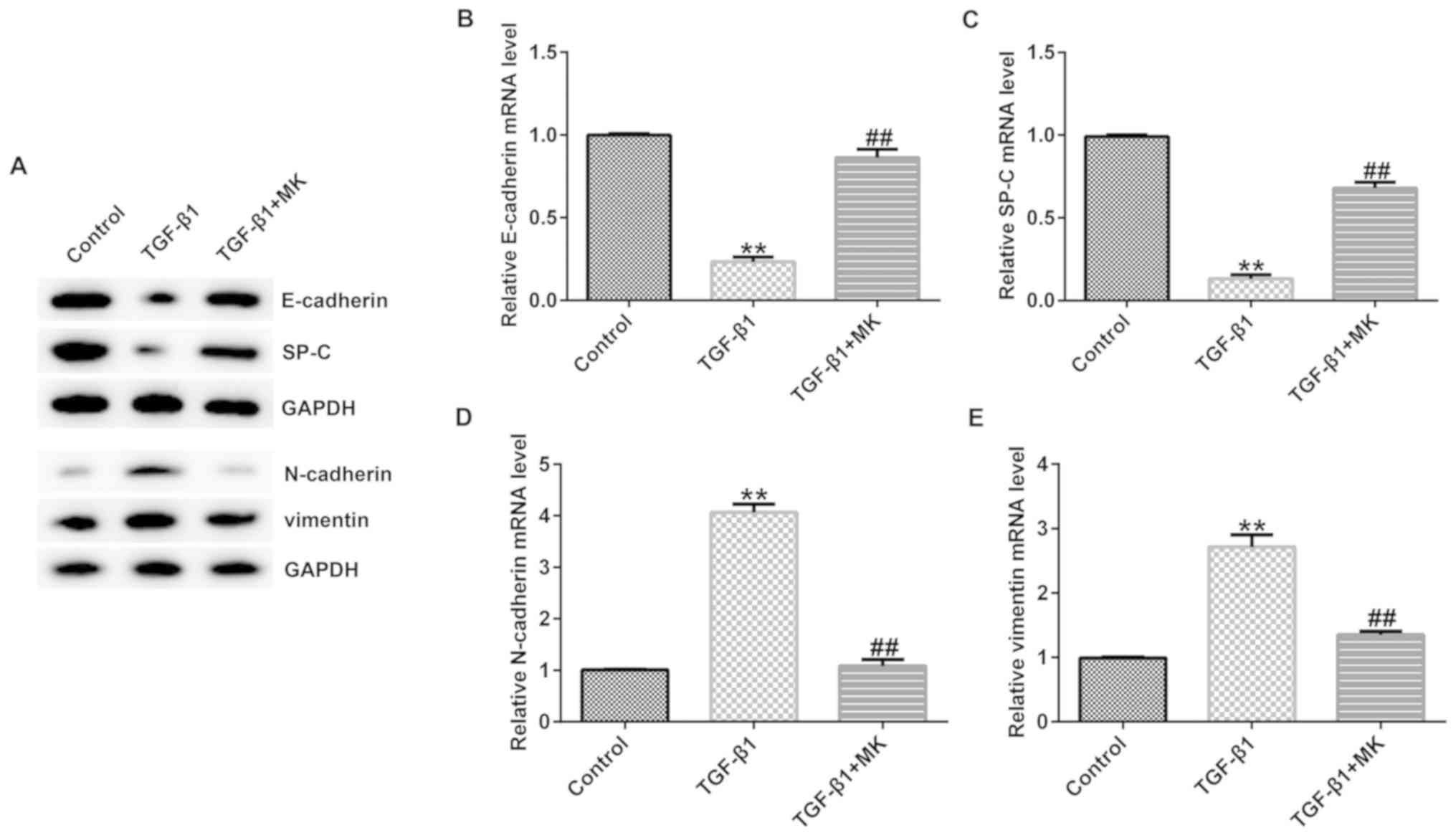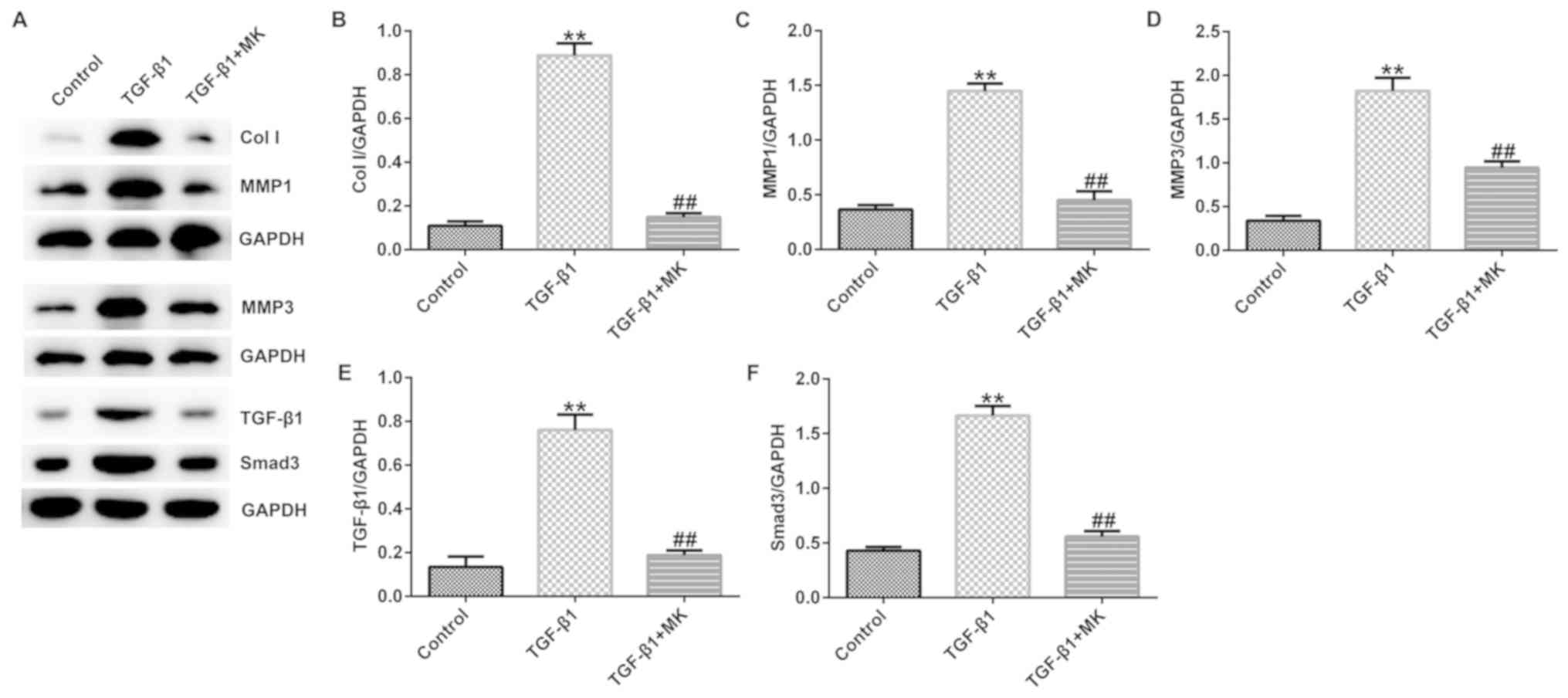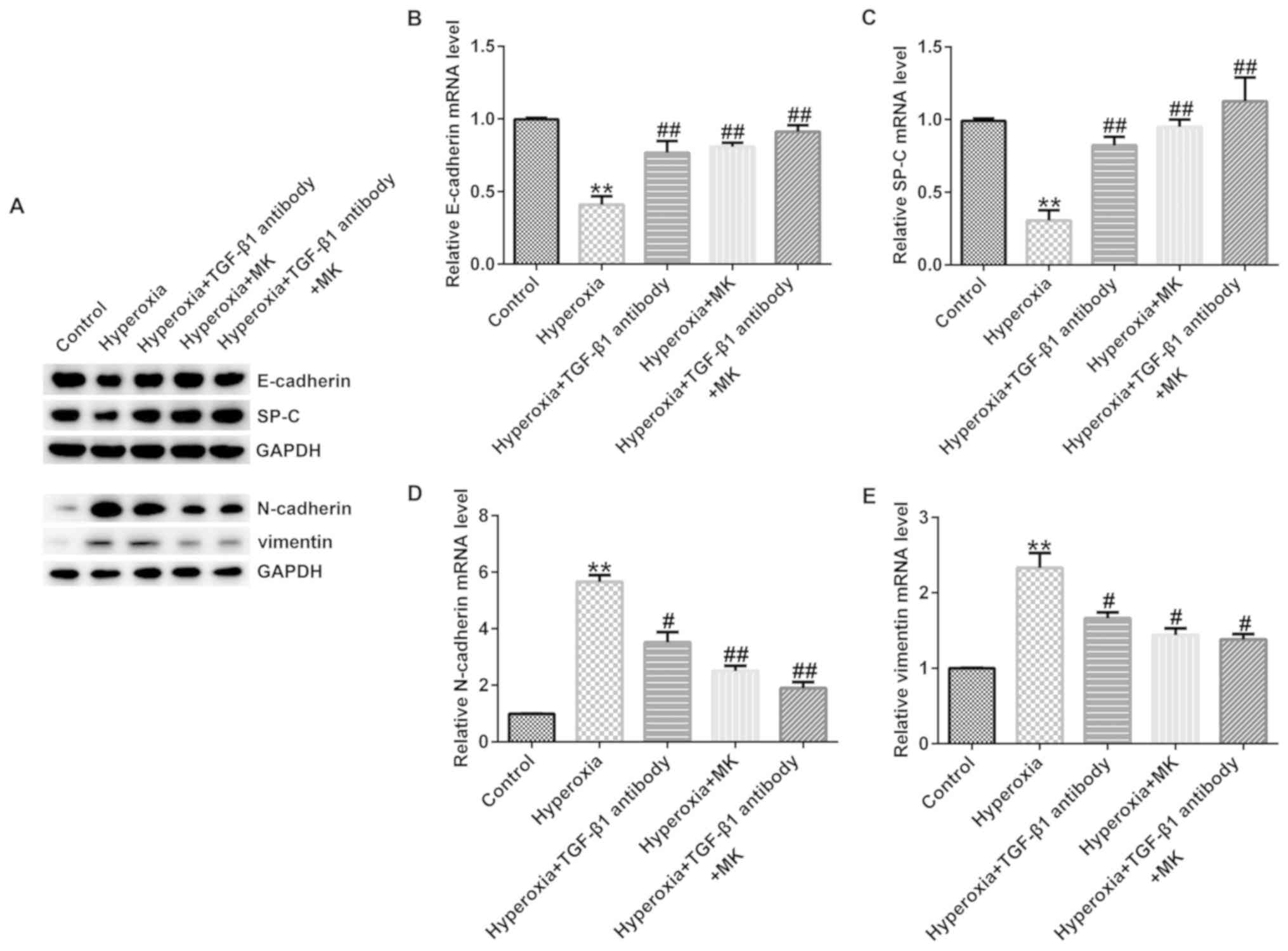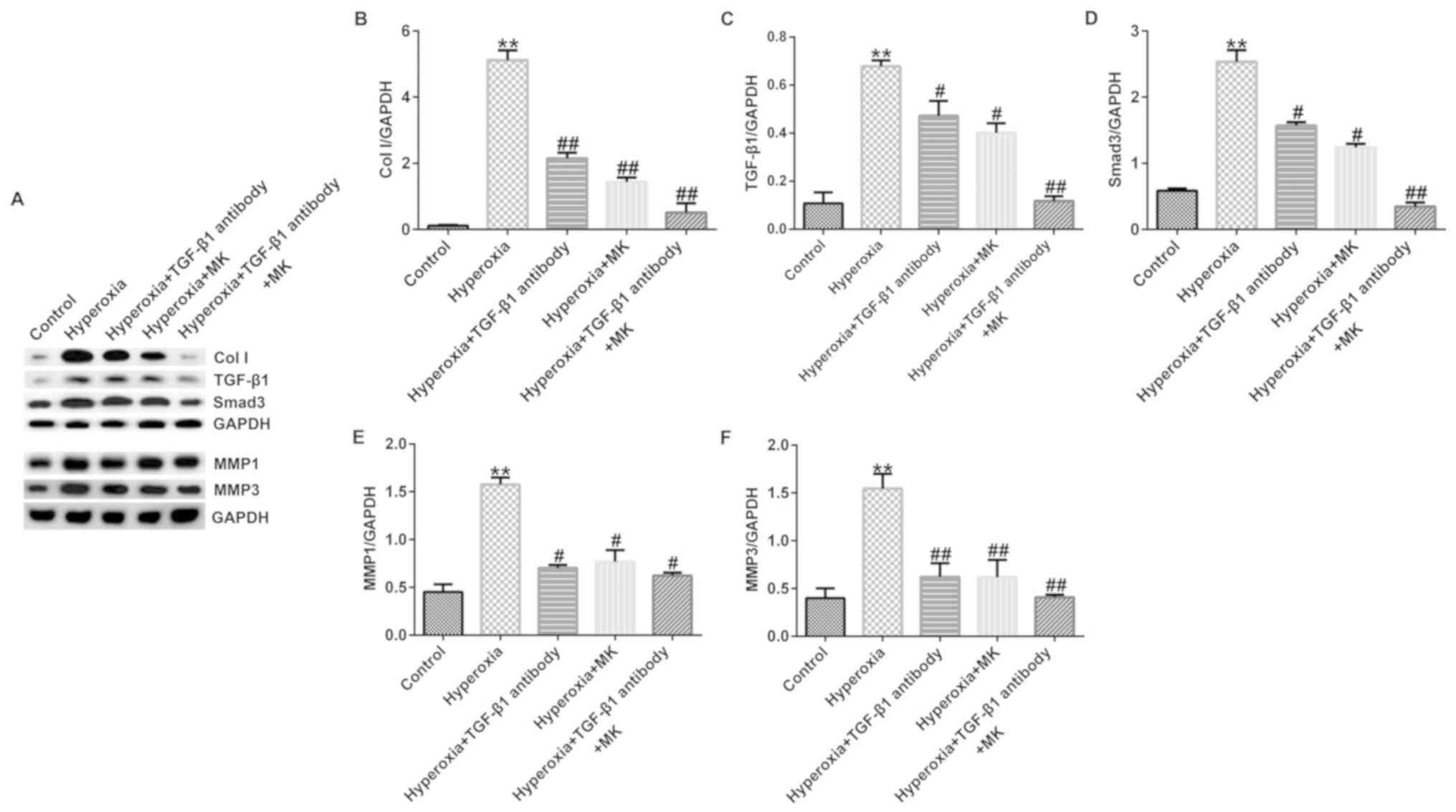|
1
|
Islam JY, Keller RL, Aschner JL, Hartert
TV and Moore PE: Understanding the Short- and Long-Term Respiratory
Outcomes of Prematurity and Bronchopulmonary Dysplasia. Am J Respir
Crit Care Med. 192:134–156. 2015. View Article : Google Scholar : PubMed/NCBI
|
|
2
|
Owen LS, Manley BJ, Davis PG and Doyle LW:
The evolution of modern respiratory care for preterm infants.
Lancet. 389:1649–1659. 2017. View Article : Google Scholar : PubMed/NCBI
|
|
3
|
Principi N, Di Pietro GM and Esposito S:
Bronchopulmonary dysplasia: Clinical aspects and preventive and
therapeutic strategies. J Transl Med. 16:36–48. 2018. View Article : Google Scholar : PubMed/NCBI
|
|
4
|
Metcalfe A, Lisonkova S, Sabr Y, Stritzke
A and Joseph KS: Neonatal respiratory morbidity following exposure
to chorioamnionitis. BMC Pediatr. 17:1282017. View Article : Google Scholar : PubMed/NCBI
|
|
5
|
Rutkowska M, Hożejowski R, Helwich E,
Borszewska-Kornacka MK and Gadzinowski J: Severe bronchopulmonary
dysplasia incidence and predictive factors in a prospective,
multicenter study in very preterm infants with respiratory distress
syndrome. J Matern Fetal Neonatal Med. 32:1958–1964. 2019.
View Article : Google Scholar : PubMed/NCBI
|
|
6
|
Krishnan U, Feinstein JA, Adatia I, Austin
ED, Mullen MP, Hopper RK, Hanna B, Romer L, Keller RL, Fineman J,
et al Pediatric pulmonary hypertension network (PPHNet), :
Evaluation and management of pulmonary hypertension in children
with bronchopulmonary dysplasia. J Pediatr. 188:24–34.e1. 2017.
View Article : Google Scholar : PubMed/NCBI
|
|
7
|
Bassler D, Plavka R, Shinwell ES, Hallman
M, Jarreau PH, Carnielli V, Van den Anker JN, Meisner C, Engel C,
Schwab M, et al NEUROSIS Trial Group, : Early Inhaled Budesonide
for the Prevention of Bronchopulmonary Dysplasia. N Engl J Med.
373:1497–1506. 2015. View Article : Google Scholar : PubMed/NCBI
|
|
8
|
Onland W, De Jaegere AP, Offringa M and
van Kaam A: Systemic corticosteroid regimens for prevention of
bronchopulmonary dysplasia in preterm infants. Cochrane Database
Syst Rev. 1:CD0109412017.PubMed/NCBI
|
|
9
|
Halliday HL: Update on Postnatal Steroids.
Neonatology. 111:415–422. 2017. View Article : Google Scholar : PubMed/NCBI
|
|
10
|
Barbosa JS, Almeida Paz FA and Braga SS:
Montelukast medicines of today and tomorrow: From molecular
pharmaceutics to technological formulations. Drug Deliv.
23:3257–3265. 2016. View Article : Google Scholar : PubMed/NCBI
|
|
11
|
Dong H, Liu F, Ma F, Xu L, Pang L, Li X,
Liu B and Wang L: Montelukast inhibits inflammatory response in
rheumatoid arthritis fibroblast-like synoviocytes. Int
Immunopharmacol. 61:215–221. 2018. View Article : Google Scholar : PubMed/NCBI
|
|
12
|
Bilgiç Mİ, Altun G, Çakıcı H, Gideroğlu K
and Saka G: The protective effect of Montelukast against skeletal
muscle ischemia reperfusion injury: An experimental rat model. Ulus
Travma Acil Cerrahi Derg. 24:185–190. 2018.PubMed/NCBI
|
|
13
|
Nagarajan VB and Marathe PA: Effect of
montelukast in experimental model of Parkinson's disease. Neurosci
Lett. 682:100–105. 2018. View Article : Google Scholar : PubMed/NCBI
|
|
14
|
Rupprecht T, Rupprecht C, Harms D,
Sterlacci W, Vieth M and Seybold K: Leukotriene receptor blockade
as a life-saving treatment in severe bronchopulmonary dysplasia.
Respiration. 88:285–290. 2014. View Article : Google Scholar : PubMed/NCBI
|
|
15
|
Jouvencel P, Fayon M, Choukroun ML, Carles
D, Montaudon D, Dumas E, Begueret H and Marthan R: Montelukast does
not protect against hyperoxia-induced inhibition of alveolarization
in newborn rats. Pediatr Pulmonol. 35:446–451. 2003. View Article : Google Scholar : PubMed/NCBI
|
|
16
|
Hou A, Fu J, Yang H, Zhu Y, Pan Y, Xu S
and Xue X: Hyperoxia stimulates the transdifferentiation of type II
alveolar epithelial cells in newborn rats. Am J Physiol Lung Cell
Mol Physiol. 308:L861–L872. 2015. View Article : Google Scholar : PubMed/NCBI
|
|
17
|
Stenmark KR and Abman SH: Lung vascular
development: Implications for the pathogenesis of bronchopulmonary
dysplasia. Annu Rev Physiol. 67:623–661. 2005. View Article : Google Scholar : PubMed/NCBI
|
|
18
|
Dasgupta C, Sakurai R, Wang Y, Guo P,
Ambalavanan N, Torday JS and Rehan VK: Hyperoxia-induced neonatal
rat lung injury involves activation of TGF-β and Wnt signaling and
is protected by rosiglitazone. Am J Physiol Lung Cell Mol Physiol.
296:L1031–L1041. 2009. View Article : Google Scholar : PubMed/NCBI
|
|
19
|
Roth-Kleiner M and Post M: Similarities
and dissimilarities of branching and septation during lung
development. Pediatr Pulmonol. 40:113–134. 2005. View Article : Google Scholar : PubMed/NCBI
|
|
20
|
Upton PD and Morrell NW: The transforming
growth factor-β-bone morphogenetic protein type signalling pathway
in pulmonary vascular homeostasis and disease. Exp Physiol.
98:1262–1266. 2013. View Article : Google Scholar : PubMed/NCBI
|
|
21
|
Fu M, Zhang J, Lin Y, Zhu X, Zhao L, Ahmad
M, Ehrengruber MU and Chen YE: Early stimulation and late
inhibition of peroxisome proliferator-activated receptor gamma
(PPAR gamma) gene expression by transforming growth factor beta in
human aortic smooth muscle cells: Role of early growth-response
factor-1 (Egr-1), activator protein 1 (AP1) and Smads. Biochem J.
370:1019–1025. 2003. View Article : Google Scholar : PubMed/NCBI
|
|
22
|
Willis BC, Liebler JM, Luby-Phelps K,
Nicholson AG, Crandall ED, du Bois RM and Borok Z: Induction of
epithelial-mesenchymal transition in alveolar epithelial cells by
transforming growth factor-beta1: Potential role in idiopathic
pulmonary fibrosis. Am J Pathol. 166:1321–1332. 2005. View Article : Google Scholar : PubMed/NCBI
|
|
23
|
Liao JY and Zhang T: Effects of
montelukast sodium and bacterial lysates on airway remodeling and
expression of transforming growth factor-β1 and Smad7 in guinea
pigs with bronchial asthma. Zhongguo Dang Dai Er Ke Za Zhi.
20:1063–1069. 2018.(In Chinese). PubMed/NCBI
|
|
24
|
Hosoki K, Kainuma K, Toda M, Harada E,
Chelakkot-Govindalayathila AL, Roeen Z, Nagao M,
D'Alessandro-Gabazza CN, Fujisawa T and Gabazza EC: Montelukast
suppresses epithelial to mesenchymal transition of bronchial
epithelial cells induced by eosinophils. Biochem Biophys Res
Commun. 449:351–356. 2014. View Article : Google Scholar : PubMed/NCBI
|
|
25
|
Shimbori C, Shiota N and Okunishi H:
Effects of montelukast, a cysteinyl-leukotriene type 1 receptor
antagonist, on the pathogenesis of bleomycin-induced pulmonary
fibrosis in mice. Eur J Pharmacol. 650:424–430. 2011. View Article : Google Scholar : PubMed/NCBI
|
|
26
|
Sun H, Choo-Wing R, Fan J, Leng L, Syed
MA, Hare AA, Jorgensen WL, Bucala R and Bhandari V: Small molecular
modulation of macrophage migration inhibitory factor in the
hyperoxia-induced mouse model of bronchopulmonary dysplasia. Respir
Res. 14:272013. View Article : Google Scholar : PubMed/NCBI
|
|
27
|
Chen X, Zhang X and Pan J: Effect of
Montelukast on Bronchopulmonary Dysplasia (BPD) and Related
Mechanisms. Med Sci Monit. 25:1886–1893. 2019. View Article : Google Scholar : PubMed/NCBI
|
|
28
|
Ji W, Fu J, Nie H and Xue X: Expression
and activity of epithelial sodium channel in hyperoxia-induced
bronchopulmonary dysplasia in neonatal rats. Pediatr Int.
54:735–742. 2012. View Article : Google Scholar : PubMed/NCBI
|
|
29
|
Chen J, Chen Z, Narasaraju T, Jin N and
Liu L: Isolation of highly pure alveolar epithelial type I and type
II cells from rat lungs. Lab Invest. 84:727–735. 2004. View Article : Google Scholar : PubMed/NCBI
|
|
30
|
Livak KJ and Schmittgen TD: Analysis of
relative gene expression data using real-time quantitative PCR and
the 2(−ΔΔC(T)) method. Methods. 25:402–408. 2001. View Article : Google Scholar : PubMed/NCBI
|
|
31
|
Maturu P, Wei-Liang Y, Androutsopoulos VP,
Jiang W, Wang L, Tsatsakis AM and Couroucli XI: Quercetin
attenuates the hyperoxic lung injury in neonatal mice: Implications
for Bronchopulmonary dysplasia (BPD). Food Chem Toxicol. 114:23–33.
2018. View Article : Google Scholar : PubMed/NCBI
|
|
32
|
Hou A, Fu J, Yang H, Zhu Y, Pan Y, Xu S
and Xue X: Hyperoxia stimulates the transdifferentiation of type II
alveolar epithelial cells in newborn rats. Am J Physiol Lung C.
308:L861–L872. 2015. View Article : Google Scholar
|
|
33
|
Collins JJP, Tibboel D, de Kleer IM, Reiss
IKM and Rottier RJ: The future of bronchopulmonary dysplasia:
Emerging pathophysiological concepts and potential new avenues of
treatment. Front Med (Lausanne). 4:612017. View Article : Google Scholar : PubMed/NCBI
|
|
34
|
Niedermaier S and Hilgendorff A:
Bronchopulmonary dysplasia - an overview about pathophysiologic
concepts. Mol Cell Pediatr. 2:22015. View Article : Google Scholar : PubMed/NCBI
|
|
35
|
Kim SB, Lee JH, Lee J, Shin SH, Eun HS,
Lee SM, Sohn JA, Kim HS, Choi BM, Park MS, et al: The efficacy and
safety of Montelukast sodium in the prevention of bronchopulmonary
dysplasia. Korean J Pediatr. 58:347–353. 2015. View Article : Google Scholar : PubMed/NCBI
|
|
36
|
Bartis D, Mise N, Mahida RY, Eickelberg O
and Thickett DR: Epithelial-mesenchymal transition in lung
development and disease: Does it exist and is it important? Thorax.
69:760–765. 2014. View Article : Google Scholar : PubMed/NCBI
|
|
37
|
Tian M and Schiemann WP: TGF-β Stimulation
of EMT programs elicits non-genomic ER-α activity and anti-estrogen
resistance in breast cancer cells. J Cancer Metastasis Treat.
3:150–160. 2017. View Article : Google Scholar : PubMed/NCBI
|
|
38
|
Wang J, Bao L, Yu B, Liu Z, Han W, Deng C
and Guo C: Interleukin-1β promotes epithelial-derived alveolar
elastogenesis via αvβ6 integrin-dependent TGF-β activation. Cell
Physiol Biochem. 36:2198–2216. 2015. View Article : Google Scholar : PubMed/NCBI
|
|
39
|
Roper JM, Mazzatti DJ, Watkins RH,
Maniscalco WM, Keng PC and O'Reilly MA: In vivo exposure to
hyperoxia induces DNA damage in a population of alveolar type II
epithelial cells. Am J Physiol Lung C. 286:L1045–L1054. 2004.
View Article : Google Scholar
|




